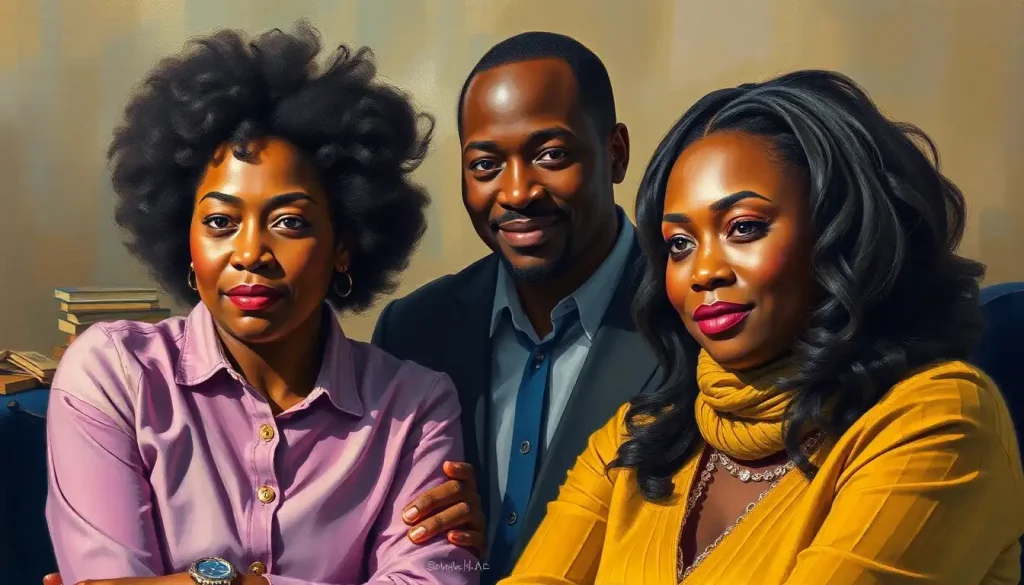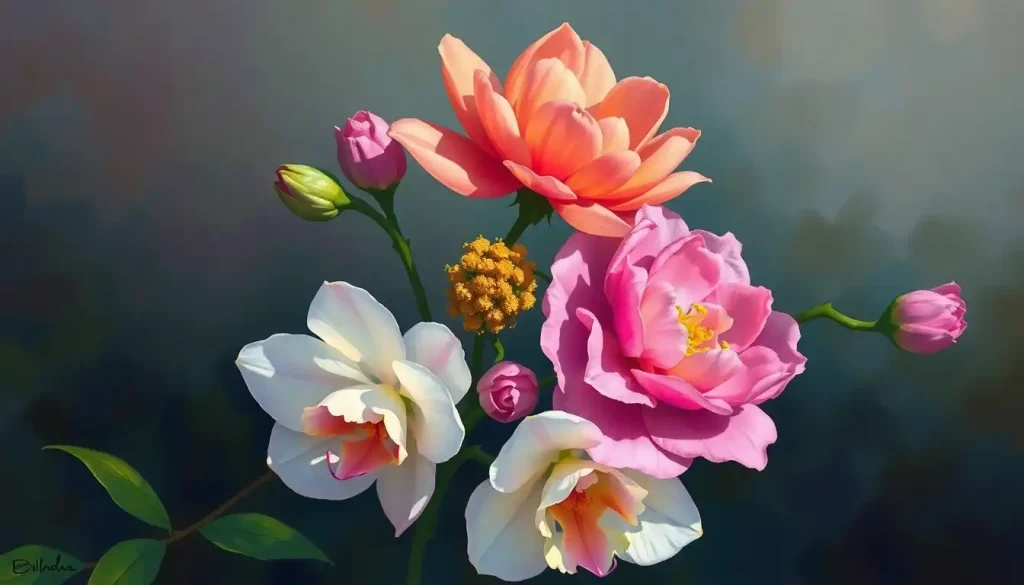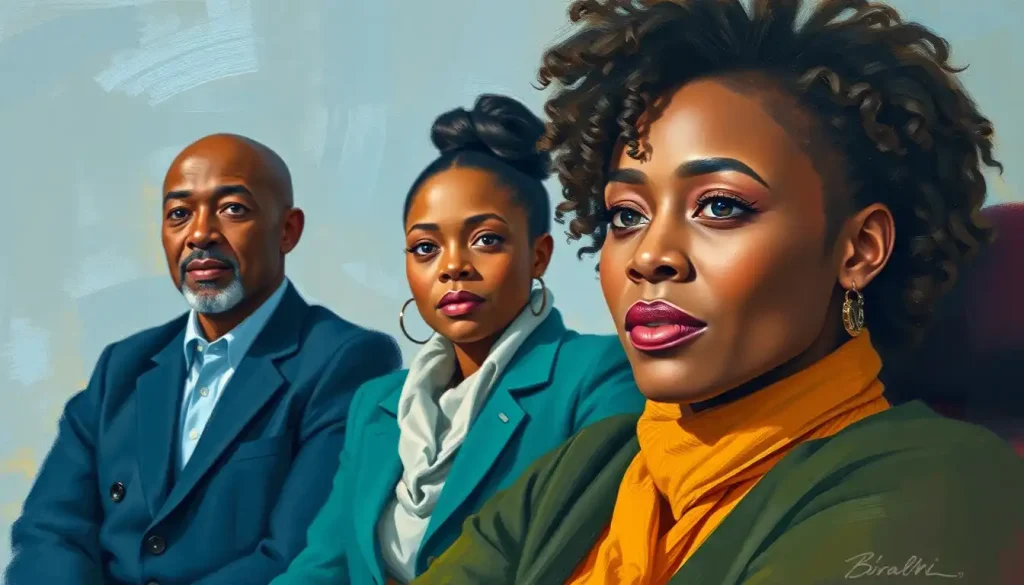From gleaming marble floors to minimalist penthouses dotting city skylines, the visual language of affluence speaks in whispers of silk and echoes of crystal, captivating millions through carefully curated displays of the good life. This alluring aesthetic, known as the wealth aesthetic, has become a powerful force in shaping our perceptions of success, luxury, and social status. But what exactly is this visual language of affluence, and how has it evolved to become such a pervasive influence in our modern world?
At its core, the wealth aesthetic is a visual representation of prosperity, abundance, and exclusivity. It’s a carefully crafted image that communicates financial success and social standing through a specific set of visual cues, material possessions, and lifestyle choices. This aesthetic has its roots in ancient civilizations, where rulers and elites used opulent displays to showcase their power and wealth. However, the modern incarnation of the wealth aesthetic has taken on a life of its own, fueled by social media, celebrity culture, and the ever-present desire for upward mobility.
The rise of platforms like Instagram and Pinterest has catapulted the wealth aesthetic into the spotlight, making it more accessible and influential than ever before. Suddenly, anyone with a smartphone can peer into the lives of the ultra-wealthy, admiring their designer wardrobes, exotic vacations, and lavish homes. This unprecedented access has both democratized and intensified our fascination with the trappings of wealth, creating a new visual vocabulary that speaks volumes about our aspirations and values.
The Building Blocks of Opulence: Key Elements of Wealth Aesthetic
To truly understand the wealth aesthetic, we must examine its core components. These elements work together to create a cohesive visual language that instantly communicates affluence and exclusivity.
Luxury brands and designer goods stand at the forefront of this aesthetic. From the iconic Hermès Birkin bag to the sleek lines of a Rolex watch, these coveted items serve as tangible symbols of success. They’re not just products; they’re statements, carefully chosen to reflect a lifestyle of discernment and financial freedom. The power of these brands lies not just in their quality, but in their ability to confer status upon their owners.
High-end real estate and architecture play a crucial role in the wealth aesthetic. Sprawling mansions, Old Wealth Style estates, and ultra-modern penthouses serve as the backdrop for this lifestyle of luxury. These spaces are characterized by their sheer scale, premium materials, and attention to detail. Think soaring ceilings, custom-built features, and panoramic views that make even the most jaded observer catch their breath.
Exclusive experiences and travel destinations form another pillar of the wealth aesthetic. It’s not enough to simply own beautiful things; true affluence is demonstrated through unique, often inaccessible experiences. Private island getaways, front-row seats at Fashion Week, or dining at Michelin-starred restaurants all contribute to this narrative of a life less ordinary.
Speaking of dining, Wealth and Food: Exploring the Complex Relationship Between Affluence and Dining Habits is an integral part of the wealth aesthetic. Fine dining and gourmet cuisine serve as both a pleasure and a status symbol. The ability to appreciate rare delicacies, vintage wines, and innovative culinary techniques is seen as a mark of sophistication and worldliness.
Lastly, art collection and investment pieces round out the wealth aesthetic. Original works by renowned artists, rare antiquities, and cutting-edge contemporary pieces not only beautify spaces but also serve as a testament to the owner’s cultural capital and financial acumen. These collections often become legacies, passed down through generations and growing in value over time.
The Palette of Prosperity: Visual Representations of Wealth Aesthetic
The wealth aesthetic isn’t just about what you own; it’s about how you present it. This visual language has its own unique color palette, design principles, and iconic symbols that instantly communicate affluence.
Colors associated with luxury tend to be rich and sophisticated. Deep jewel tones like emerald green, sapphire blue, and ruby red evoke a sense of opulence. Metallic shades, particularly gold and silver, are perennial favorites, symbolizing precious metals and financial success. Neutral tones like crisp whites, warm beiges, and cool grays provide a versatile backdrop for showcasing luxury items.
Interestingly, the wealth aesthetic often embraces two seemingly opposite design philosophies: minimalism and maximalism. Minimalist design, with its clean lines, uncluttered spaces, and focus on quality over quantity, has become increasingly associated with modern wealth. This approach suggests a life so abundant that one can afford to pare down to only the most essential, high-quality items.
On the other hand, maximalism in wealth displays harkens back to more traditional notions of opulence. This style is characterized by layered textures, bold patterns, and an abundance of decorative elements. Think of the ornate interiors of European palaces or the lavish decor of luxury hotels. Both minimalism and maximalism can effectively communicate wealth; the choice often comes down to personal taste and cultural context.
Certain objects have become iconic symbols of wealth, instantly recognizable across cultures. Yachts, private jets, and exotic cars top this list, representing not just significant financial investment but also the freedom and mobility that comes with extreme wealth. Other status symbols might include designer handbags, high-end watches, or the latest tech gadgets. These items serve as shorthand in the visual language of affluence, immediately signaling one’s place in the social hierarchy.
The Allure of Abundance: Psychology Behind Wealth Aesthetic
The power of the wealth aesthetic lies not just in its visual appeal, but in its psychological impact. Understanding the psychology behind this phenomenon can shed light on why it holds such sway over our collective imagination.
At its heart, the wealth aesthetic is aspirational. It presents a idealized version of life that many people dream of achieving. This aspiration can be a powerful motivator, driving individuals to work harder and strive for success. However, it can also lead to feelings of inadequacy or dissatisfaction with one’s current circumstances.
The link between wealth aesthetic and perceived social status is undeniable. In many societies, the ability to display markers of wealth is directly correlated with social standing. This connection taps into our deep-seated need for social acceptance and admiration. Wealth Signaling: The Psychology and Impact of Conspicuous Consumption explores this phenomenon in depth, examining how individuals use visible displays of wealth to communicate their status to others.
The wealth aesthetic also plays a significant role in shaping self-image and personal branding. In an era where everyone is their own “brand,” the visual language of affluence provides a ready-made toolkit for crafting an image of success. This can be empowering, allowing individuals to present their best selves to the world. However, it can also lead to a disconnect between one’s public persona and private reality.
It’s important to note that the wealth aesthetic is not without its critics. Many argue that it promotes materialism, encourages unsustainable consumption, and exacerbates social inequalities. There’s an ongoing debate about the ethics of flaunting wealth in a world where many struggle to meet basic needs. These criticisms have led to a growing movement towards more understated displays of wealth and a greater emphasis on experiences over material possessions.
A Global Language: Wealth Aesthetic in Different Cultures
While the wealth aesthetic has become increasingly globalized, its expression can vary significantly across cultures. Understanding these differences provides insight into how wealth and success are perceived around the world.
In Western cultures, particularly in the United States, the wealth aesthetic often emphasizes individuality and personal achievement. Displays of wealth tend to be more overt, with a focus on brand names, large homes, and visible luxury goods. The “American Dream” narrative plays a significant role here, with wealth seen as a reward for hard work and ingenuity.
Eastern perspectives on displaying affluence can differ markedly. In many Asian cultures, for example, wealth may be expressed more subtly. There’s often a greater emphasis on group harmony and avoiding ostentation. However, this is changing rapidly in some areas, with younger generations in countries like China embracing more Western-style displays of wealth.
Cultural differences in expressing wealth can be fascinating. In some Middle Eastern countries, hospitality and generosity are key components of the wealth aesthetic. In Scandinavian countries, wealth might be expressed through high-quality, functional design rather than flashy displays. Understanding these cultural nuances is crucial for anyone navigating the global landscape of wealth and business.
Despite these differences, certain global trends in the wealth aesthetic have emerged. Luxury brands have become universal status symbols, transcending cultural boundaries. Travel and unique experiences are increasingly valued across cultures as markers of affluence. And the rise of social media has created a more homogenized global wealth aesthetic, even as local interpretations persist.
The Evolving Face of Affluence: Future of Wealth Aesthetic
As we look to the future, it’s clear that the wealth aesthetic will continue to evolve. Emerging trends suggest a shift towards more conscious and sustainable expressions of affluence.
One significant trend is the growing emphasis on sustainability and ethical considerations in luxury consumption. As awareness of environmental and social issues increases, there’s a move towards “conscious luxury.” This might manifest as investment in sustainable fashion brands, eco-friendly homes, or philanthropic endeavors. The wealth aesthetic of the future may be less about what you own and more about the positive impact you can make.
Another fascinating development is the rise of digital wealth aesthetic and virtual luxury. As more of our lives move online, we’re seeing the emergence of digital status symbols. This could include rare digital art pieces (NFTs), virtual real estate in the metaverse, or exclusive online experiences. Wealth Art: Exploring the Intersection of Finance and Creativity delves into how these new forms of expression are shaping our understanding of value and ownership.
The future wealth aesthetic is likely to place a greater emphasis on experiences and personal growth. We may see a shift away from material possessions towards investments in education, wellness, and unique adventures. The ability to take time off work for extended periods of travel or personal development could become a new status symbol.
Predictions for evolving expressions of wealth suggest a move towards more personalized and meaningful displays. Rather than adhering to a universal standard of luxury, individuals may seek to create their own unique interpretations of the good life. This could lead to a more diverse and inclusive wealth aesthetic that values creativity and authenticity alongside financial success.
Reflecting on Riches: The Impact and Implications of Wealth Aesthetic
As we’ve explored the multifaceted world of wealth aesthetic, it’s clear that this visual language of affluence has a profound impact on our society. It shapes our aspirations, influences our purchasing decisions, and often defines our measures of success. The wealth aesthetic has the power to inspire and motivate, but it can also create unrealistic expectations and foster feelings of inadequacy.
The challenge lies in balancing aspiration with authenticity. While it’s natural to admire and even emulate aspects of the wealth aesthetic, it’s crucial to maintain a sense of perspective. True fulfillment rarely comes from external validation or material possessions alone. Instead, it often stems from personal growth, meaningful relationships, and a sense of purpose.
Wealth Perception: How Our Views on Money Shape Financial Success highlights the importance of developing a healthy relationship with wealth and success. This involves understanding that the carefully curated images we see on social media or in magazines represent only a fraction of reality. It’s about appreciating luxury and beauty without letting it define our self-worth.
As we move forward, it’s worth reflecting on our personal interpretations of wealth and success. What truly constitutes a rich life? Is it the accumulation of designer goods and exotic experiences, or is it the freedom to pursue our passions and make a positive impact on the world? The answer will be different for everyone, but asking the question is invaluable.
The wealth aesthetic, with its gleaming surfaces and promises of a better life, will likely always hold a certain allure. But perhaps the most sophisticated approach is to appreciate its artistry while recognizing its limitations. After all, true wealth comes in many forms, and the most valuable things in life often can’t be captured in a perfectly staged Instagram post.
In the end, the visual language of affluence is just one dialect in the rich tapestry of human expression. By understanding its grammar and syntax, we can better navigate our own paths to success and fulfillment, creating a personal aesthetic that reflects our deepest values and aspirations. Whether that involves Bookshelf Wealth: Cultivating a Rich Literary Aesthetic in Your Home or Flaunting Wealth: The Psychology, Consequences, and Societal Impact of Ostentatious Displays, the choice is ultimately ours to make.
As we continue to evolve and redefine our relationship with wealth and success, one thing remains clear: the most compelling aesthetic is one that reflects not just affluence, but authenticity, compassion, and a genuine zest for life. In that light, perhaps the truest luxury is the freedom to define wealth on our own terms, creating a life rich in meaning, purpose, and genuine connection.
References:
1. Veblen, T. (1899). The Theory of the Leisure Class. New York: Macmillan.
2. Bourdieu, P. (1984). Distinction: A Social Critique of the Judgement of Taste. Harvard University Press.
3. Han, Y. J., Nunes, J. C., & Drèze, X. (2010). Signaling Status with Luxury Goods: The Role of Brand Prominence. Journal of Marketing, 74(4), 15-30.
4. Kapferer, J. N., & Bastien, V. (2012). The Luxury Strategy: Break the Rules of Marketing to Build Luxury Brands. Kogan Page Publishers.
5. Belk, R. W. (1988). Possessions and the Extended Self. Journal of Consumer Research, 15(2), 139-168.
6. Richins, M. L., & Dawson, S. (1992). A Consumer Values Orientation for Materialism and Its Measurement: Scale Development and Validation. Journal of Consumer Research, 19(3), 303-316.
7. Kasser, T. (2002). The High Price of Materialism. MIT Press.
8. Sundie, J. M., Kenrick, D. T., Griskevicius, V., Tybur, J. M., Vohs, K. D., & Beal, D. J. (2011). Peacocks, Porsches, and Thorstein Veblen: Conspicuous Consumption as a Sexual Signaling System. Journal of Personality and Social Psychology, 100(4), 664-680.
9. Wiedmann, K. P., Hennigs, N., & Siebels, A. (2009). Value-based segmentation of luxury consumption behavior. Psychology & Marketing, 26(7), 625-651.
10. Berger, J., & Ward, M. (2010). Subtle Signals of Inconspicuous Consumption. Journal of Consumer Research, 37(4), 555-569.












Would you like to add any comments? (optional)